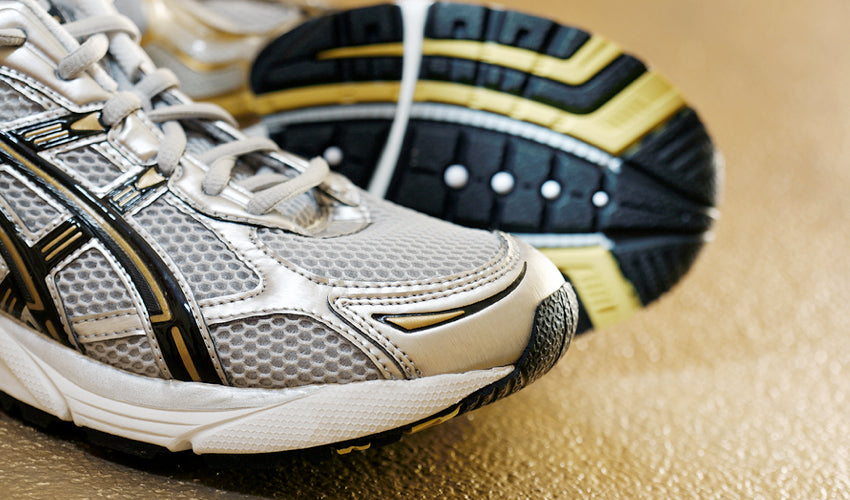
Truly exceptional footwear allows your foot to function like a healthy bare foot inside your shoe. Most conventional footwear, however, from dress shoes to work boots to running shoes, includes a number of problematic design features—we'll refer to them as design “elements” from here on, rather than features, as “features” imply something positive or helpful—that either deform your feet over time or cause you to experience foot and lower extremity injuries, or both. The most important shoe design elements to watch out for include:
- Heel Elevation
- Tapering Toe Boxes
- Toe Spring
- Rigid, Inflexible Soles
- Excessive Cushioning
- Excessive Weight
- Built-In Arch Support & Motion Control
Let’s take a closer look at each of these shoe design flaws.
1. Heel Elevation

Heel elevation—the elevation of your rearfoot above your forefoot—is a ubiquitous shoe design element, and it causes you to develop contracted and shortened posterior leg muscles and tendons. Heel elevation impairs normal gait and propulsion and strips your foot of its natural arch support. It also destabilizes your medial longitudinal arch (i.e., your main foot arch), which can lead to excessive pronation, especially in footwear that also includes tapering toe boxes. When most people think about heel elevation in footwear, they usually think about high heels for women. But heel elevation is a problem in almost every type of shoe, including athletic shoes. It's also a major problem in men's footwear.
2. Tapering Toe Boxes

Tapering toe boxes are a leading cause of toe deformities and a major contributor to many foot and toe problems in adults and children. Problems associated with tapering toe boxes include bunionettes, bunions, crooked toes, hallux limitus and rigidus, hammertoes, ingrown toenails, knee osteoarthritis, neuromas, plantar fasciosis, runner's knee, sesamoiditis, and shin splints. Most conventional shoes are widest at the ball of the foot, not at the ends of the toes (where you need the width the most), and even many minimalist shoes still include this deleterious design feature. Most shoe-wearing people are unaware of the significant negative impact that tapering toe boxes have on their feet and toes, even after experiencing the significant deformities and pain caused by them. We humans just seem to fail to consider, or we underestimate, the strong correlation between a narrow, tapering toe box and foot problems.
3. Toe Spring

Toe spring is another common shoe design flaw and deforming feature in conventional footwear. Toe spring enables tendon imbalances in your foot that lead to crooked toes and other foot ailments. It also promotes a shifting of your forefoot fat pad away from a position that cradles and protects the heads of your metatarsal bones. Toe spring, like the other design features discussed here, is both needless and harmful, but it is often touted by shoe manufacturers as a feature worth paying for. Our eye has been conditioned by shoe manufacturers to see toe spring as a pleasing design inclusion in footwear, but in reality, it’s completely unnecessary and serves no useful role for the foot. In fact, it impairs the foot from functioning in a natural way.
Tip: You can remove toe spring from most shoes (to at least some degree) by folding the shoe in half, with the sole of the forefoot touching the sole of the heel, and placing the shoe under a heavy object, such as a bookshelf, for 24 to 48 hours.
4. Rigid, Inflexible Soles

Most conventional shoes include rigid, inflexible soles that are thought by many to enhance foot function. Many people also think, incorrectly, that rigid outsoles offer support and protection that the foot “requires.” In truth, though, rigid, inflexible soles, just like artificial arch support, actually prevent the natural—and necessary—flattening of your main foot arch during gait. Rigid soles also reduce the tactile feedback between your foot and the ground and can increase your likelihood of an errant (and injurious) footfall. We’ve found that thinner, more flexible soles are the best option for mindful walking and for developing strong, resilient feet. Rigid, inflexible soles essentially immobilize your foot, usually in an unnatural and deformed position, which can lead to foot weakness and other problems over time.
5. Excessive Cushioning

There are a lot of misconceptions out there about shoe cushioning. The prevailing idea behind shoe cushioning is that a greater amount of padding under the foot will help reduce the impact forces on the body’s joints and tissues during weight-bearing activity. Intuitively, this may seem like a reasonable claim, given that we’ve been told for years that we need cushioning to protect our joints and soft tissues from damage. What you may be surprised to learn, however, is that physics and research do not support this claim. In fact, the more cushioning a shoe possesses, the harder and more damaging to your joints it may be. You can read more about this topic in our article entitled The Shoe Cushioning Myth.
6. Excessive Weight

Many conventional shoes are needlessly heavy. In most cases, the material used to construct a shoe does not need to be so weighty. Specialty footwear exceptions do exist, but for the most part, additional shoe weight is a hindrance to the optimal functioning of your foot and lower body. This is particularly true for athletes. Carrying less weight on your feet means you can move faster and with greater deftness—two important outcomes that can translate into better athletic performances. But even for non-athletes, a lighter shoe offers the possibility of a lighter step (i.e., reduced joint impact) and a more natural gait. Look for shoes that offer your feet a lightweight yet durable protective covering so that you can move in the most natural way possible.
7. Built-In Arch Support & Motion Control

Some shoes incorporate built-in “arch support,” which often takes the form of arch props or bumps that attempt to fill the space beneath your main foot arch to control pronation or address a variety of foot ailments. Some shoes also incorporate sole material or a sole design (e.g., grooves or channels) that tries to dictate or “control” foot movement. Not only are these design elements uncomfortable, but in most cases, they also represent a band-aid solution (at best) to a problem (i.e., a destabilized main foot arch) that’s actually caused by the combined effects of three design flaws mentioned above: Heel elevation, tapering toe boxes, and toe spring. Indeed, pronation control and foot symptom management via built-in arch support or other motion control “features” is detrimental to your foot health and should be avoided.
Other Footwear Aspects to Consider

Along with the above-mentioned design inclusions commonly found in conventional shoes, there are a number of other footwear aspects to consider. The presence (or absence) of these things, depending on the specific factor being considered, can lead to foot discomfort or problems over time. When shopping for footwear, we recommend considering the following additional footwear aspects:
-
Stack Height: Stack height is defined as the amount of shoe material between the foot and the ground. This number, usually reported in millimeters (mm), is the sum thickness of a shoe's insole, midsole, and outsole. The greater a shoe's stack height, the less likely it is that you'll be able to sense or feel the ground beneath your foot and experience a natural gait. Greater stack heights also contribute to ankle sprains, due to the propensity for ankle rolling that comes with elevating the foot above the ground. Look for footwear with a low stack height to prevent ankle sprains and achieve a nice blend of comfort, protection, and ground feel (6-15 mm is usually a good range).
-
Breathability: A foot-healthy shoe possesses a breathable upper, which is a function of both the upper design and the materials used to construct it. A breathable upper helps keep your foot cool and dry, which is an important consideration in preventing foot problems associated with moisture accumulation (e.g., blisters, athlete's foot, toenail fungus, etc.). A breathable upper also helps prevent undesirable shoe odor. Look for footwear that is well ventilated and incorporates natural fibers, mesh paneling, and looser weaves.
-
Upper Flexibility: Just as rigid soles are a problem in many types of footwear, so too are rigid uppers. A rigid upper may hold your toes in an unnatural and problematic configuration and impede natural foot movement, and it should be avoided if at all possible. A softer and more flexible upper is more accommodating and expansile, and this can make a huge difference in terms of both foot comfort and foot health. A flexible upper is important for every set of feet, but perhaps particularly so for individuals with wider feet who might not otherwise be able to experience a comfortable fit. Look for shoes with an upper that can be easily bent or twisted in multiple directions.
-
Last Design: A shoe last is a 3-dimensional wooden or plastic mold upon which a shoe is constructed. Last shapes vary from one shoe company or brand to the next (and sometimes even between different models in the same brand). Not all lasts are created equal. In our experience, we have found that shoes with straighter lasts are usually better for natural foot health. Some lasts are quite curved, which can present problems for certain sets of feet due to the way that curved lasts affect the 4th and 5th toes. Look for footwear that has a straight or relatively straight last (i.e., when looking at the sole of the shoe, the front half of the shoe should be more or less in line with the back half of the shoe, not curved to one side).
-
Footbed Concavity: Some shoes possess a concave footbed or insole, which means that, when wearing the shoe, your foot sits in a semicircular “bowl.” While this may be fine for your heel, it is not fine for the other weight-bearing portion of your foot: Your forefoot and toes. A concave footbed, especially a more rigid one, effectively inverts your transverse foot arch—the arch that runs across your foot, from one side to the other. Inverting the transverse foot arch strips this arch of its inherent stability and makes sensitive tissues and structures in the ball of your foot more vulnerable to problems. Look for footwear with a completely flat and level footbed.
-
Insoles: Most shoes (conventional or foot-healthy) come with an optional (i.e., removable) liner or insole. Most people believe that shoe insoles are mandatory for foot comfort and shoe performance, though they do not necessarily improve the feel of a shoe and often dampen your ability to sense the ground. When it comes to insoles, there are a couple of key considerations: 1) Are they fixed or removable? and 2) Are they constructed from quality materials? Look for footwear that includes removable insoles, or, if the insole is fixed (i.e., glued or sewn to the bottom of the shoe), a relatively thin liner made of comfortable and durable material. When it comes to insoles, exceptions do exist: One type of insole that we do like and use ourselves is Naboso insoles, which are thin, flexible, and incorporate a textured pattern for proprioceptive effects.
-
Tread Materials & Pattern: Ideally, a shoe's tread should work in conjunction with your foot (in its optimal, natural configuration) to improve foot stability and help prevent slips and falls. Too many shoe manufacturers rely on an aggressive tread pattern as a salient feature for traction; in reality, the tread pattern matters less than the relative “grippy” nature of the sole material. Indeed, thick lugs are less important than how the outsole material interacts with ground features and how the foot is positioned within the shoe (which is, ideally, on a level plane and close to the ground, with toes splayed, for optimal stability). Look for footwear that possesses a reasonably grippy outsole and a tread pattern that doesn't try to overdo it.
-
Men's vs. Women's Models: The truth is, many shoe companies try to appeal to female customers by narrowing the toe box of their shoes (relative to the men's version in the same model). The belief is that a narrower shoe is a more elegant shoe, and therefore more marketable and desirable to women buyers. In our experience, we've found that women usually do better when purchasing smaller sizes in the men's version of a given model, due to the wider toe box that usually accompanies men's footwear (unless the model possesses a “unisex” design, in which case buying based on gender is irrelevant). This is particularly important, because women have a relatively wider forefoot than men (though a relatively narrower heel). There are some things women can do to ensure a good fit around the heel in men's shoes, including using a tongue pad to take out any slack that might lead to heel shifting within the shoe.
-
Correct Toes Compatibility: The ability to comfortably wear Correct Toes toe spacers inside a shoe is a major consideration in determining the foot-healthiness of that shoe. If there is sufficient room inside a shoe's toe box to accommodate Correct Toes and natural toe splay, then this is a good indication that the shoe will help, not hinder, foot form and function. One way to test this out is to perform the Shoe Liner Test while wearing your Correct Toes. Note: Some shoes may not be Correct Toes compatible with the insole in but may become so after removing the liner. Indeed, removing the insole can open up a lot more space inside the shoe, especially in the toe box area.
There is a lot to consider when assessing a given shoe for foot comfort and health! We hope that the above info provides you with the knowledge you need to select the best possible footwear for you and your specific foot health needs.
Where to Find Foot-Healthy Shoes & Other Helpful Footgear

All products featured on the Natural Footgear site, including footwear offerings for men and women, support your foot health, respect the inherently brilliant design of your foot, and help restore your natural foot shape and function.
SHOP MEN'S FOOTWEAR SHOP WOMEN'S FOOTWEAR
Learn more about what constitutes a truly foot-healthy shoe by reading our article entitled Definition of a Healthy Shoe, or visit our store to select your very own foot-health-positive footgear.

WANT TO IMPROVE YOUR FOOT HEALTH?
Let the team at Natural Footgear help you! Subscribe to our newsletter for the latest offers and helpful info, and sign up for our FREE email courses on various topics and foot health conditions.
Sign Up →
Want to Improve Your Foot Health?
We are here to help you every step of the way. Get our newsletter for the latest offers and helpful info, and sign up for our FREE email courses on various topics and conditions, including bunions, hammertoes, neuromas, plantar fasciosis, shin splints, ingrown toenails, and more.
Sign Up →
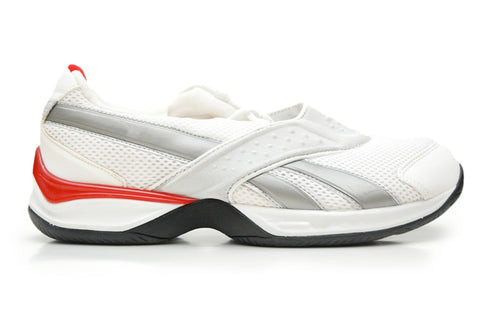 Heel elevation is a design element present in almost every shoe, from dress shoes to work boots to running shoes, though there is little (if any) compelling evidence to account for its inclusion in shoes or other footwear. Most people in the United States and other parts of the world begin wearing shoes when they learn to walk, some even before. Almost all shoes, including children’s shoes, possess heel elevation,...
Read more
Heel elevation is a design element present in almost every shoe, from dress shoes to work boots to running shoes, though there is little (if any) compelling evidence to account for its inclusion in shoes or other footwear. Most people in the United States and other parts of the world begin wearing shoes when they learn to walk, some even before. Almost all shoes, including children’s shoes, possess heel elevation,...
Read more












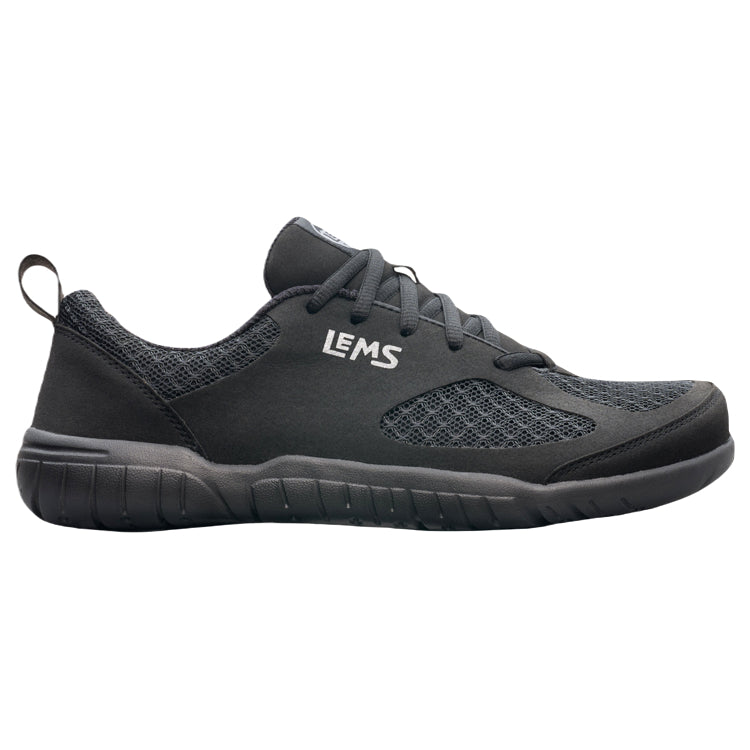
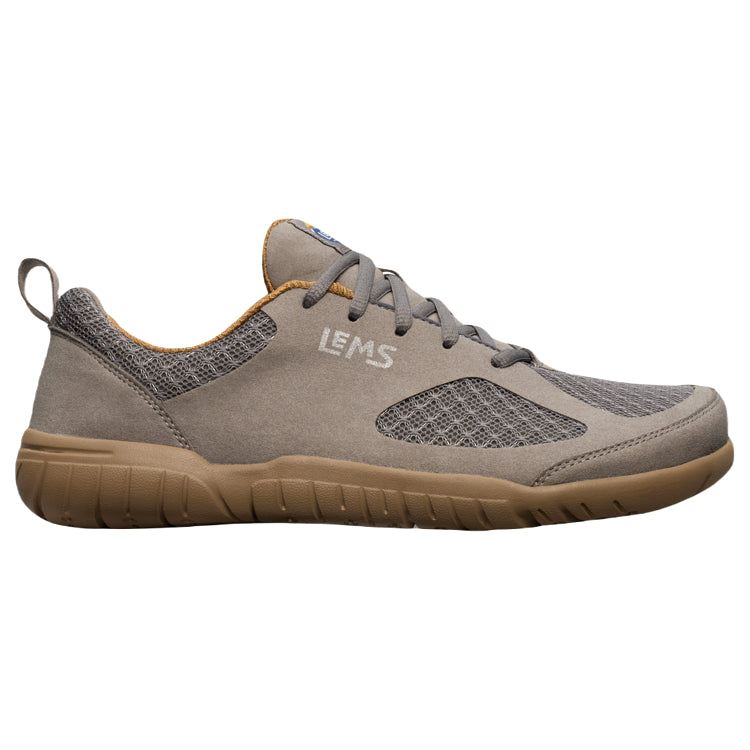
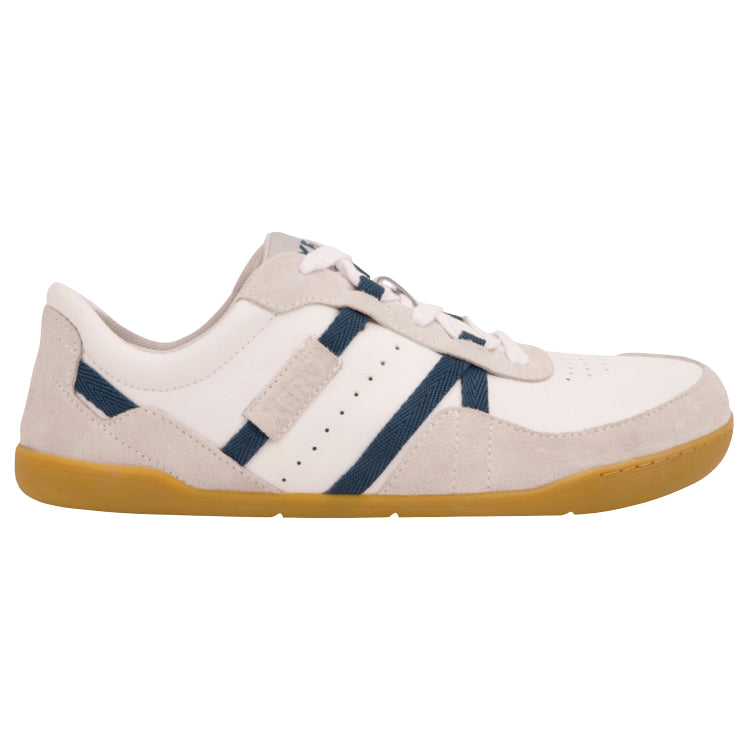
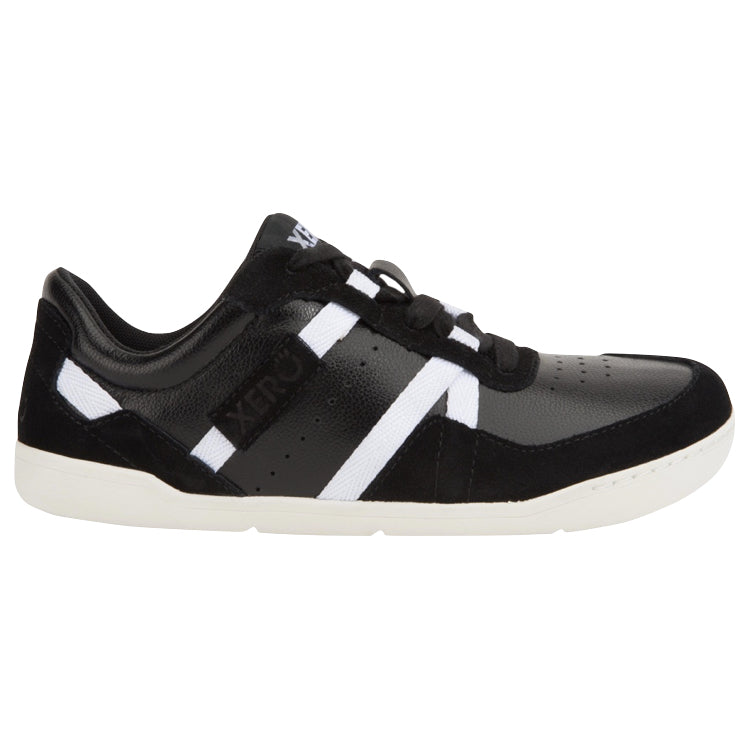
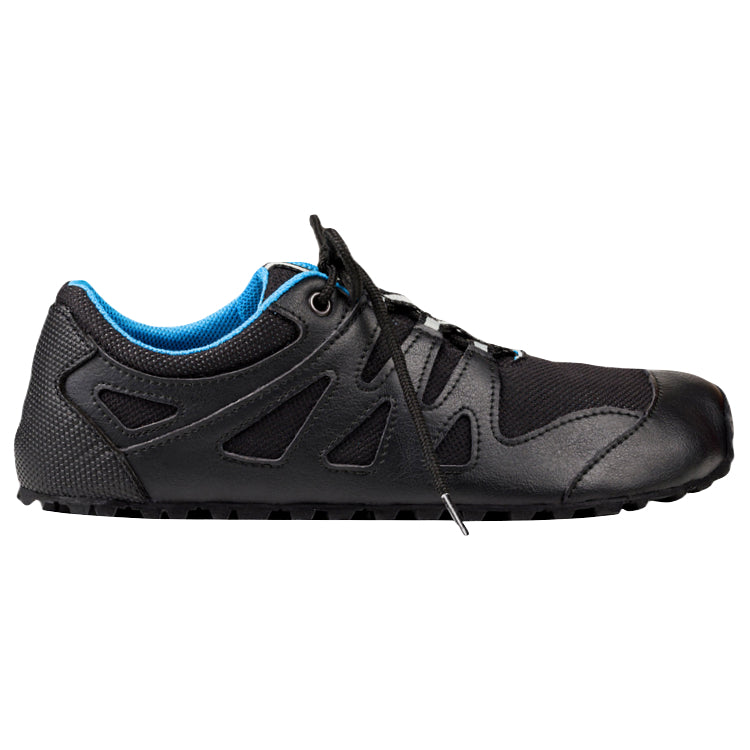
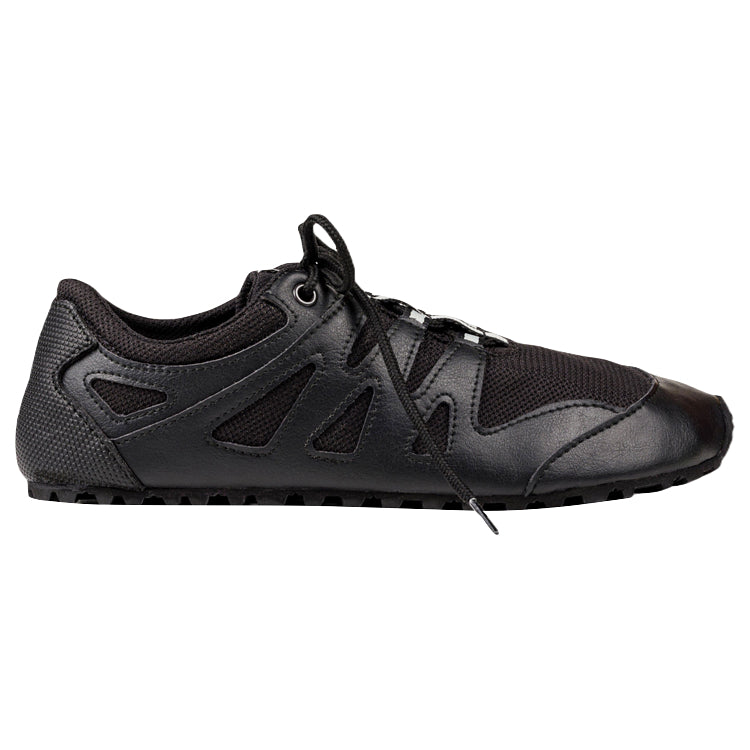
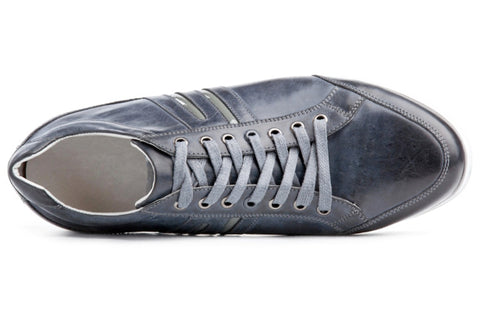
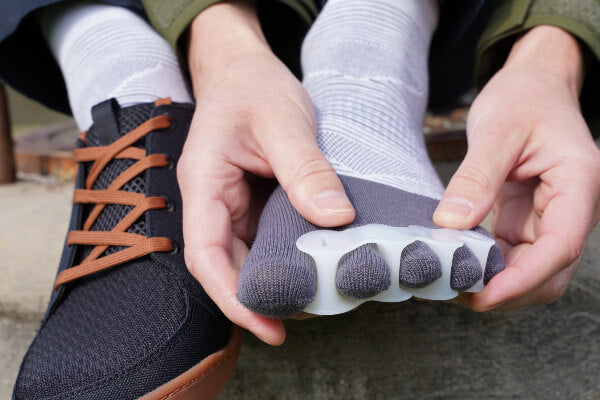
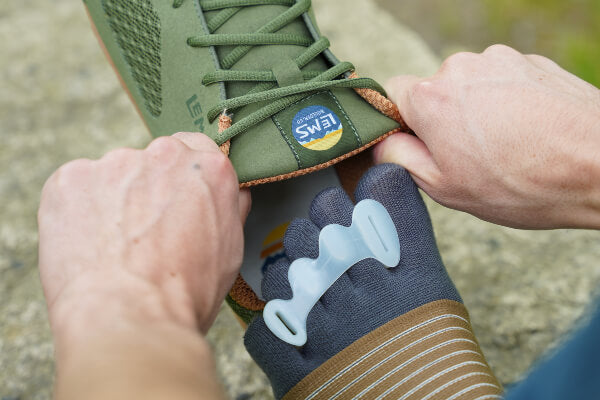
Hi,
Your website fascinates me, as I am suffering from a left foot bunion. I have a 7.5 AA shoe size with a mixed last. I have had trouble finding shoes my whole life. Are you aware of any professional in New York City who sells your products? Or a podiatrist who believes in your philosophy?
Hi, Harriet,
Thank you for your comment. My best recommendation is to check out this page to see if there is a healthcare provider in your area that can assist you:
www.nwfootankle.com/resources/122-healthcare-providers
Also, you might appreciate these resources on our website:
Bunions eCourse:
www.naturalfootgear.com/pages/do-you-have-foot-pain
Bunions & Heredity:
www.naturalfootgear.com/blogs/education/17856668-bunions-heredity
Bunions: Conventional vs. Natural Approaches:
www.naturalfootgear.com/blogs/education/17856712-bunions-conventional-vs-natural-approaches
Kind regards,
Marty Hughes, DC
I have had extensive work done on my toes. My toes are rigid now, except for my big toe where I had a joint replacement. My feet are sore a lot of the time. What shoes would you recommend for my foot issues? Thank you.
Hi, Sherry,
Thank you for your comment. I’m sorry to hear that you’re experiencing foot soreness and discomfort. We can’t make any specific recommendations for you, as we don’t have the benefit of a health history interview and a physical examination, but you might consider scheduling a phone or Skype consultation with the team at Northwest Foot & Ankle (this is the sports podiatry clinic of Dr. Ray McClanahan, the inventor of Correct Toes):
www.genbook.com/bookings/slot/reservation/30175925/871660705?bookingContactId=2881722692
If there is anything else we can do to assist, please do let us know!
All best,
Andrew Potter
Interesting article on problematic shoe design features! I’m somewhat confused, though, in that the article states that toe spring is a design flaw yet there is a picture of a Lems shoe that appears to be showing toe spring? I don’t think I’m understanding this concept of toe spring fully. Can you elaborate? Thanks!
Hi, Pauline,
Thank you for your comment. I’m glad you liked the article!
There are basically two types of toe spring that may be incorporated into footwear: Rigid or flexible. Rigid toe spring is a problem because it essentially immobilizes the toes in an extended position for prolonged periods and destabilizes the main foot arch. Flexible toe spring, on the other hand, is easily compressed out during weight-bearing activities and does not cause the same kind of foot and toe problems associated with rigid toe spring. I hope this all makes sense!
Feel free to reach back out to us if you have any additional questions.
Kind regards,
Marty Hughes, DC
I have several foot issues: plantar fasciitis, bunions, and hammertoes. The bunions (right foot, especially) are the most problematic. I just had a bunionectomy performed on my right foot. I also work as a carpenter. Can you tell me whether you think the boots you offer would be suitable for my work? I’m used to wearing Redwing Irish Setters without steel toe. Thanks!
Hi, Susan,
Thank you for your message. Here’s wishing you speedy healing after your bunionectomy!
In our experience, we’ve found that our boot offerings work great in a variety of occupational settings. Some carpenters do indeed use the boots, though, of course, it depends upon the nature of the job site. The boots wouldn’t be appropriate in a setting where steel toes are required, but if that’s not a consideration for you, then I think you’ll find any of them to be a good fit.
Please don’t hesitate to reach out again if you have any additional questions!
All best,
Marty Hughes, DC
I have flat feet and use arch supports. Are you saying I should not use the arch supports?
Hi, Scott,
We appreciate your question. Our general philosophy is that, if you’ve found something that’s working for you, great! But if you’ve tried conventional arch orthotics and they have failed you, or if you’re looking for an approach that addresses the true underlying cause of most foot problems, you might consider incorporating flat, flexible, and wide toe box footwear in combination with Correct Toes (and other applicable footgear) into your daily foot care routine. The goal of using such products is to rehabilitate your foot and make it strong and resilient so that it can stand up to all of life’s many physical challenges.
Please feel free to reach out with any additional questions!
Kind regards,
Robyn Hughes, ND
Most of the time I hike on trails/terrain that is quite rocky. I would love to know how your footwear might work, such that sharp rocks not be a bother. The conventional boots I wear seem to do a good job minimizing the sharp rocks’ impact. Confusing subject, for certain.
Hi, Jamie,
Thank you for your comment. We have found that a lot of the footwear we feature on our site works quite well on rocky terrain. Despite incorporating thinner soles than conventional hiking boots, the kind of minimalist footwear we favor allows you to be more conscientious with your footfalls, and it affords you the tactile feedback required to rapidly adjust your foot position or shift your bodyweight to prevent any pain or discomfort should you encounter a sharp or pointed trail feature.
I recommend that you check out this article from our site, which discusses the factors that make for a great hiking boot:
www.naturalfootgear.com/blogs/educational-articles/what-makes-for-a-great-hiking-boot
I hope this info helps!
Kind regards,
Robyn Hughes, ND
How do Doc Martens (boots) fair in terms of foot health?
Hi, Candace. Thank you for your question. The short answer to your query is … not very well! The slightly longer answer is the following: Doc Martens boots have a distinctive style that many people are drawn to, but they score poorly on pretty much every level when it comes to the major criteria we use to evaluate footwear. In fact, it wouldn’t be hard to make the case that this style of boot—along with a variety of sport-specific footwear—is among the most damaging to the foot and toes of any footwear on the market today. A typical Doc Martens boot incorporates a tapering toe box, heel elevation, toe spring, rigid soles, a high stack height, an inflexible upper, and excessive weight—pretty much the exact opposite of the features or qualities we look for in a foot-healthy shoe or boot.
So, for all these reasons, we think it is best to steer clear of Doc Martens if foot health and function are important to you. We think you’ll find a more comfortable and beneficial shoe-wearing experience with any of the men’s or women’s foot-friendly models we feature on the Natural Footgear site. That’s our take!
We hope you find this info helpful. Please let us know if you have any follow-up questions!
Yours in Foot Health,
Drs. Marty & Robyn Hughes
What are the benefits of foot-healthy shoes for overall foot health and biomechanics?
Hello, Samantha! Thank you for your excellent question. It’s important to understand the potential benefits associated with foot-healthy footwear (i.e., flexible-soled, zero-drop, wide toe box shoes, boots, and sandals) for overall foot health and biomechanics in order to get the most out of them. Based on our foot health philosophy and our own personal experience, the top such benefits are the following:
Natural Foot Positioning: Foot-healthy shoes position the heel and forefoot at the same height, promoting a more natural and stable foot position. This can help improve posture and reduce strain on the lower back and lower extremity joints.
Improved Balance and Stability: The wider toe box of foot-healthy footwear allows your toes to splay naturally, enhancing balance and stability during movement. This can lead to improved agility and coordination.
Strengthening Foot Muscles: Flexible soles encourage the foot’s natural movement, helping to strengthen intrinsic foot muscles. This can lead to better (natural) support for the arch and overall foot health.
Reduced Impact: Many foot-healthy shoes incorporate thinner soles, which encourage more thoughtful, lower-impact footfalls and help reduce joint impact when walking, running, or performing a variety of sports.
Enhanced Ground Feel: A thinner, more flexible sole provides better ground feel, which allows for increased sensory feedback. This can improve proprioception and assist with things like balance and agility.
Reduced Risk of Injury: By promoting natural biomechanics and allowing for a more natural gait and foot position, foot-healthy footwear can help reduce the risk of common foot and lower limb issues, such as plantar fasciosis or shin splints.
Adaptability to Various Terrain: Low stack height and flexible-soled shoes adapt better to different surfaces, which provides you with greater versatility for various activities, from running to hiking.
Comfort: Many people find foot-healthy footwear to be more comfortable, as it can accommodate a wide range of foot shapes and sizes and does not encroach on your foot or toes in any way.
When it comes to improving overall foot health and optimizing foot and lower extremity biomechanics, foot-healthy footwear is an excellent choice! We encourage you to explore our men’s and women’s footwear collections to see examples of shoes, boots, sandals, and slippers that best support long-term foot form and function. By seeking out and using foot-healthy footwear, you’ll be putting your foot in the most advantageous position possible and ensuring it performs the way nature intended. This also stabilizes your entire foundation and supports the rest of your musculoskeletal system so that it can perform at its best.
We hope this answer helps, Samantha! Please let us know if you have any follow-up questions.
Yours in Foot Health,
Drs. Marty & Robyn Hughes
After learning all about natural foot health and foot-healthy footwear, I’m beginning to wonder if the makers of conventional footwear are conspiring to keep our feet in poor shape. Is there a “shoe-spiracy” happening?
Hi, Jerry. That’s a great and insightful question—and one we hear more often than you might expect. While it’s easy to imagine a kind of “shoe-spiracy” at play, the reality, we believe, is more nuanced. Most conventional footwear companies aren’t actively trying to harm our feet; rather, they’re simply following long-standing design norms that have become deeply embedded in the industry. These norms—like tapering toe boxes, rigid soles, and elevated heels—originated from fashion trends and misconceptions about support and performance, and they’ve been perpetuated for decades without rigorous scrutiny. In many ways, the footwear industry is a product of its own inertia, with designers, marketers, and even medical professionals often unaware of the long-term consequences these design choices have on foot health.
That said, the lack of malice doesn’t negate the harm. Footwear companies have a responsibility to question the status quo, especially in light of growing evidence supporting natural foot function and the benefits of anatomically shaped footwear. Fortunately, a shift is underway. More people—like yourself—are asking the right questions, and a growing number of footwear brands are beginning to prioritize foot health over outdated conventions. Rather than a conspiracy, what we’re witnessing here, we believe, is a systemic blind spot. But awareness is the first step toward change, and with enough informed consumers demanding better options, the industry will have no choice but to adapt. In the meantime, we encourage you to spread the word about foot-healthy footwear and more natural approaches to foot care!
Yours in Foot Health,
Drs. Marty & Robyn Hughes